15 Things you didn’t know about Allahabad City
Published by admin on
“15 Things you didn’t know”
Written by : Nilesh Narayan,
Founder : Holy Waters India Journeys
1. Allahabad is the second oldest city in the world.
The Oldest: After Kashi (Varanasi), Allahabad is considered to be the oldest living city of the world.
2. Allahabad was once home to Aryans.
Home of Aryans: The ancient name of Allahabad was Kaushambi. When the Aryans first settled in what they called the Āryāvarta (or Madhyadesha) Kaushambi was an important part of their territory.
3. The world’s largest pilgrimage gathering takes place in Allahabad.
World’s Largest Human Gathering: The Kumbha Mela of Allahabad is the largest pilgrimage gathering on Earth and can even be seen from the satellite. The festival is 2000 years old and is held every 6, 12 years and 144 years.
4. Queen Victoria’s proclamation took place in Allahabad where the days of company ended and the days of British raj began in India.
The Order of Queen Victoria: After suppressing India’s first revolt of independence 1857 Lord Canning (In January 1858) read out Queen Victoria’s proclamation about the transferring control of India from the East India Company to the British Crown in Minto Park.
5. Allahabad became the capital of the North-Western Provinces after the Sepoy Mutiny of 1857.
British Capital: Allahabad became the capital of the North-Western Provinces in 1858, and was the capital of India for a day. Allahabad was the capital of the United Provinces from 1902 to 1920.
6. Famous neighborhoods and streets of Allahabad were named after Governors & Viceroys of then colonial India.
After Queen’s Proclamation in 1858 Allahabad became the capital of the North-Western Provinces and was the capital of the United Provinces from 1902 to 1920. Major townships and streets were anglicized and were primarily named after various British officials & Governors who served in the province.
Some Colonial Era Streets & Neighborhoods of Allahabad:
Auckland Road, Clive Road, Hastings Road, Drummond Road, Strachey Road, Muir Road, Queen’s Road etc.
The Neighborhoods:
Civil Lines a.k.a. Cannington, Georgetown, Lukergunj, Johnstongunj, Colonelgunj, Muirabad, Kydgunj, Mumfordgunj etc.
7. Rudyard Kipling stayed in Allahabad before he left for England by way of the Far East & San Francisco (US)
Rudyard Kipling: Kipling stayed in Allahabad from 1887 to 1889 and worked as an Assistant editor of The Pioneer and lived in Belvedere house. His first ever series of books were published by the house of Wheelers, Allahabad.
8. In the year 1911, the world’s first ever Airmail Flight took place between Allahabad and its sister town Naini.
The First Commercial Plane: The world’s first airmail service took place between Allahabad Polo Field & Naini Junction on February 18, 1911 with pilot Henri Pequet (French Pilot) who flew 6,500 mails on a Humber Bi-plane. The mails were marked “First Aerial Post, U.P. Exhibition Allahabad 1911.
The Haunted: The old Naini Station is one among the most haunted train stations of India.
9. Allahabad is home to some beautiful and historically significant churches of colonial India.
City of Churches: The erstwhile British capital, Allahabad is home to some of most beautiful churches of Colonial India. There are around 14 colonial era churches and cathedrals that pay tribute to various forms of architecture that flourished during the Victorian age.
Colonial Churches of Allahabad: The All Saints’ Cathedral, St. Joseph’s Cathedral, Holy Trinity Church, Chowk Church, Pentecostal Church, St. John’s Church, St. Patrick’s Church, St. Paul’s Church, St. Peter’s Church, St. Thomas Orthodox Syrian Church, Katra Presbyterian Church, Allahabad Bible Seminary, Central Methodist Church, Bible Society of India a.k.a. Bible House.
10. The Alfred Park of Allahabad is one of the earliest British parks of the 19th Century India.
The Victorian Park: The Alfred Park or the Company Bagh of Allahabad is a 150 year old Victorian garden that was built to mark Prince Alfred’s (second son of Queen Victoria) visit to Allahabad in 1869.The park was curved out on the ruins of two erstwhile villages that were burnt down along with hundreds of villagers who were hanged to death by Col. Neill and Col. Havelock in the uprising of 1857.
11. The Civil Lines neighborhood of Allahabad was mostly inhabited by the British populace and very few Indians were allowed to the area, so was it referred to as the White Town of the city.
White Town: The Civil Lines neighborhood of Allahabad a.k.a. Cannington a.k.a. White Town was Built in 1857 and was the largest town-planning project, the gridiron plan carried out in India before the establishment of New Delhi.
12. In British India, the Allahabad University was famous as the ‘Oxford of the East’.
The Oxford of the East: Established in 1887 the Allahabad University was founded by Sir William Muir, the Lt. Governor of the United Provinces, and is the fourth oldest University in India. The institution at its pinnacle was known as the ‘Oxford of the East’ during the British rule.
13. Allahabad Fort is India’s biggest garrison till date.
Largest Garrison: Allahabad fort was built by Mughal Emperor Akbar in the year 1583 and was captured by the East India Company in 1798. Due to its strategic location the fort was established as the great garrison of the company forces and is the largest garrison of India.
14. The Allahabad High Court is one among the oldest judicial institutions of India.
The Allahabad High Court: Established in 1869, the Allahabad High Court is one of the earliest High Courts of India. The number of serving judges is 160, the highest in India.
15. Allahabad is the City of Prime Ministers.
The City of Prime Ministers: Since independence 7 out of 15 prime ministers till date have connections to Allahabad, such as: Jawaharlal Nehru, Lal Bahadur Shastri, Indira Gandhi, Rajiv Gandhi, Gulzarilal Nanda, Vishwanath Pratap Singh and Chandra Shekhar.
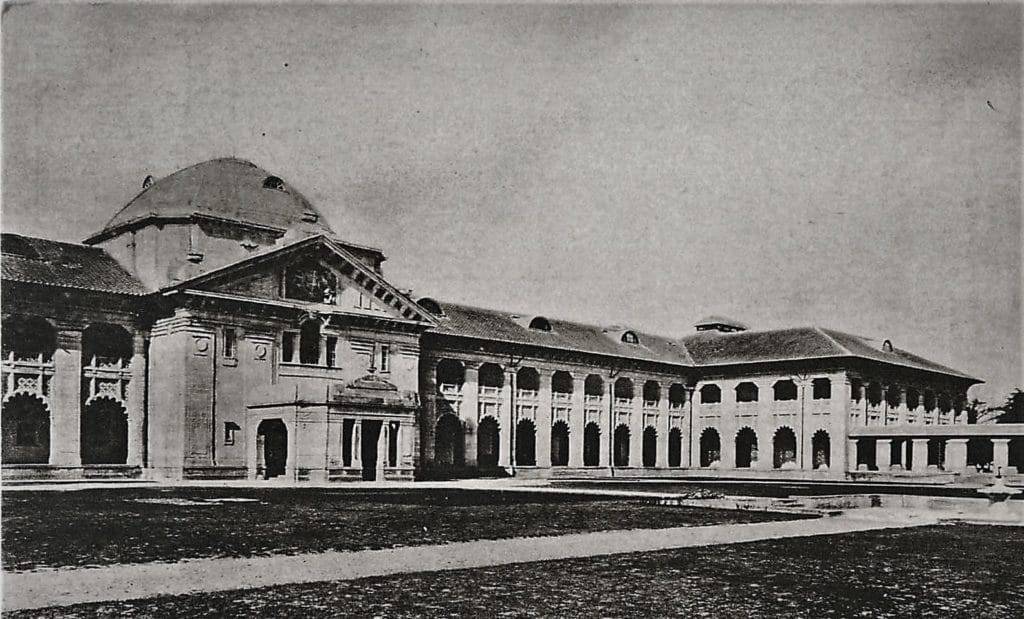
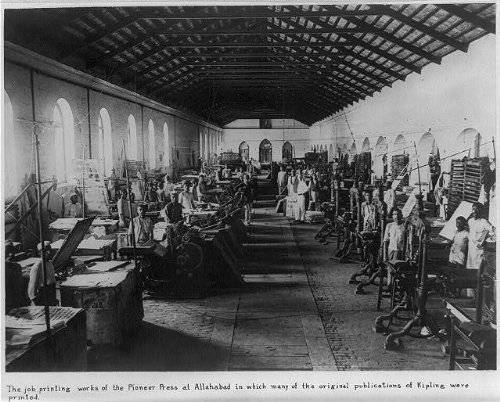
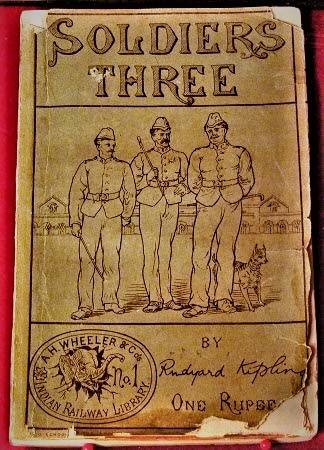
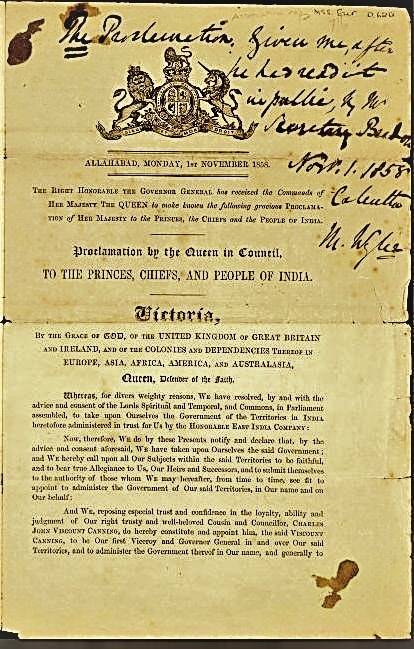
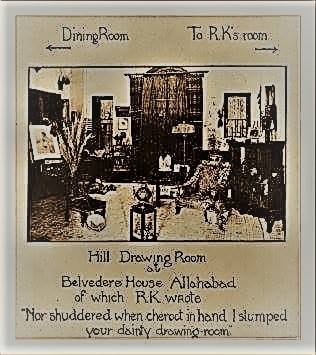
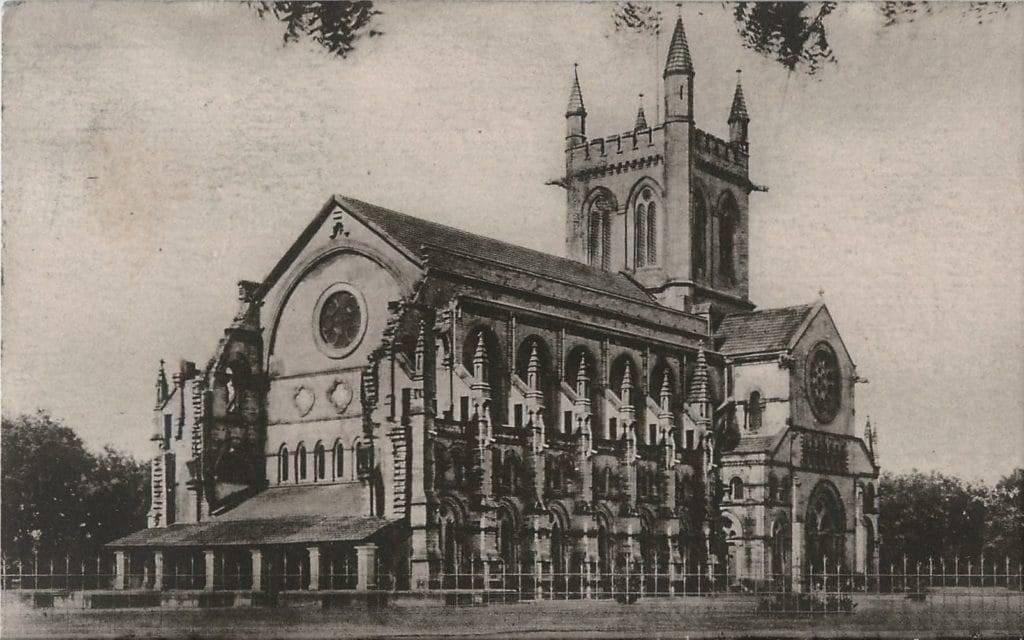
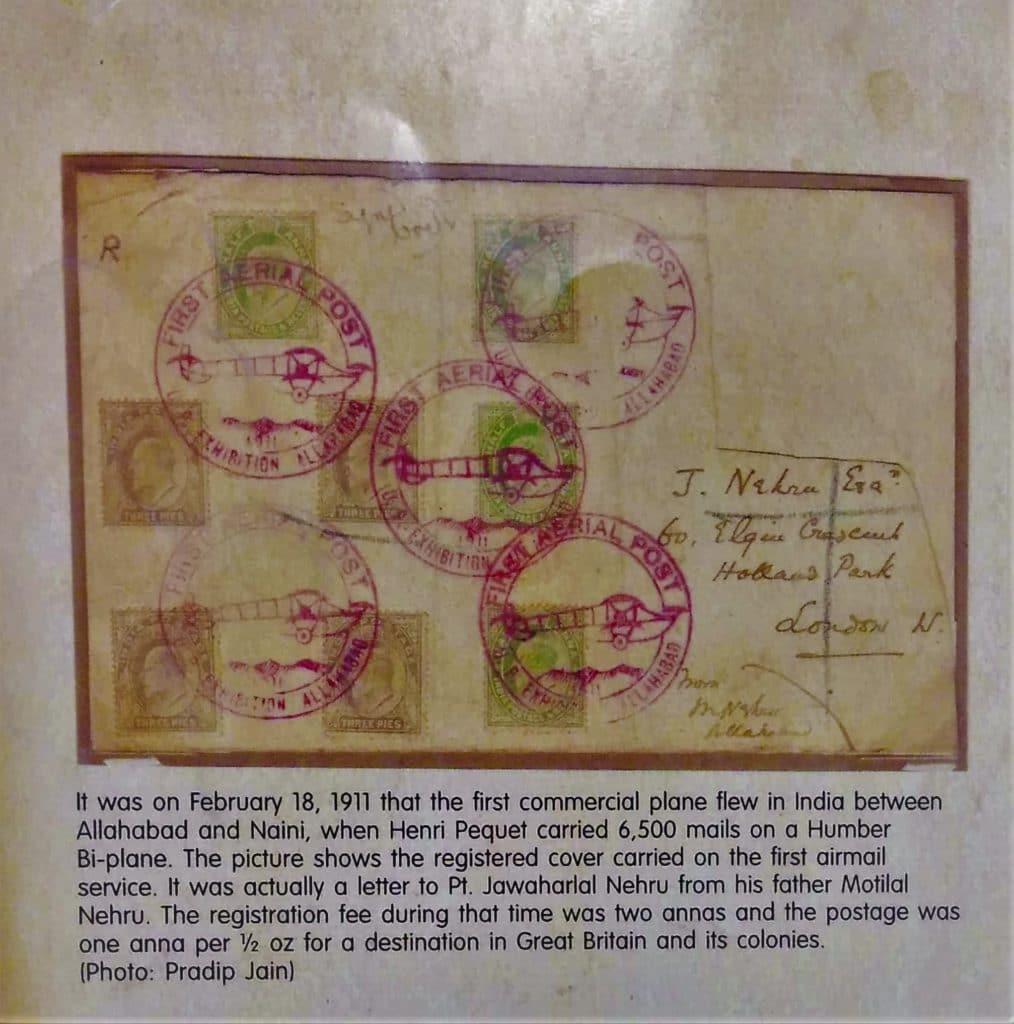
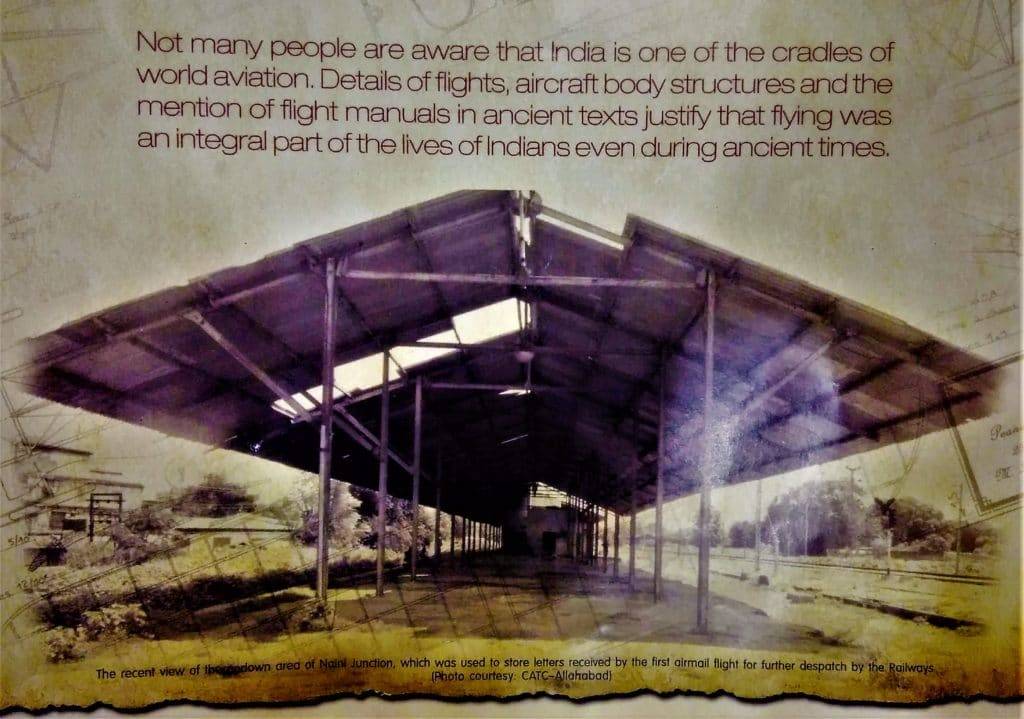
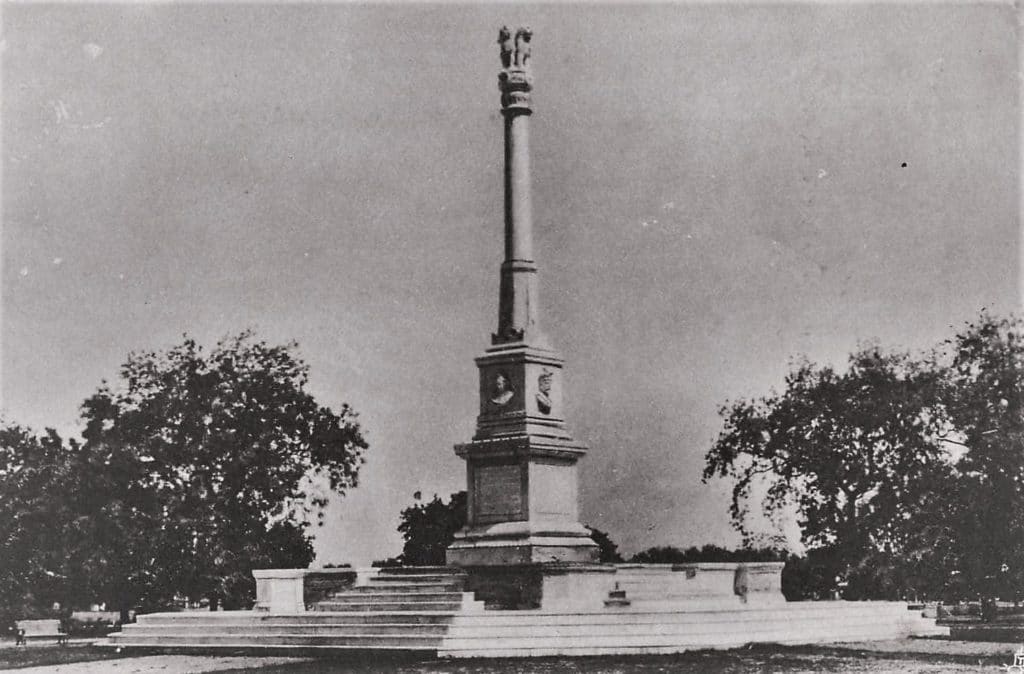
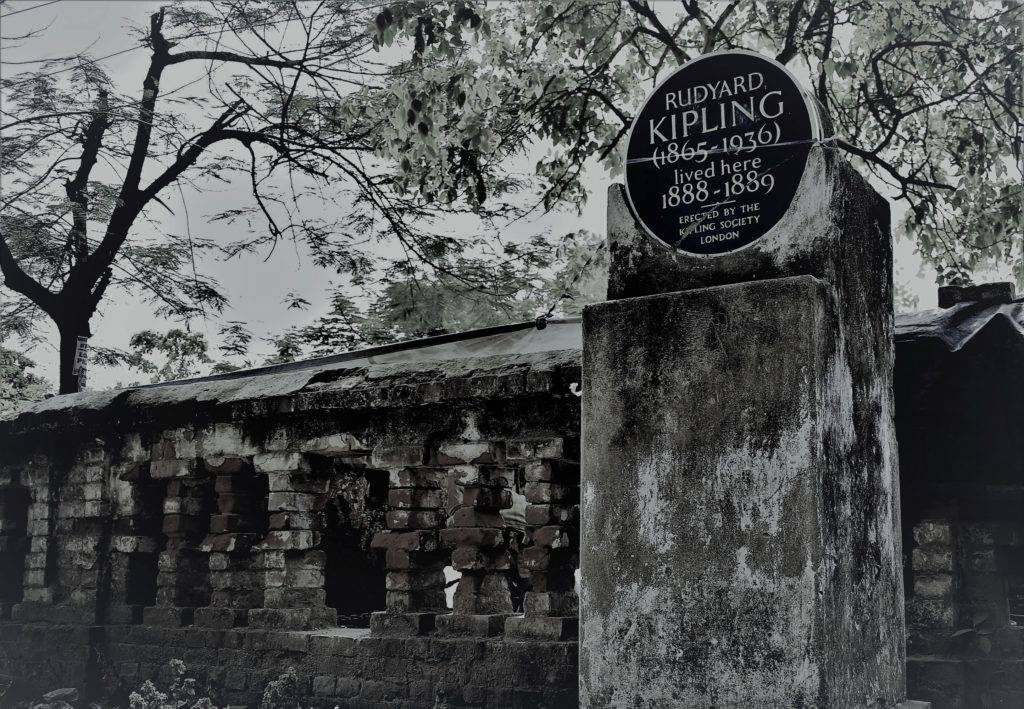
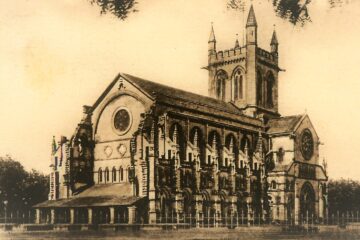
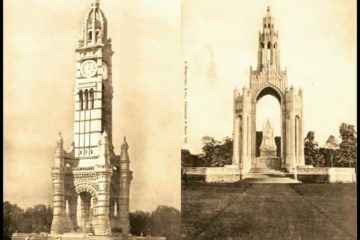
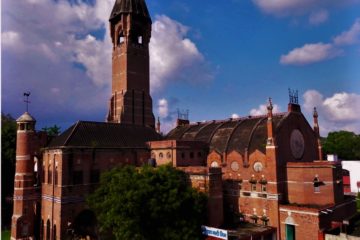
0 Comments